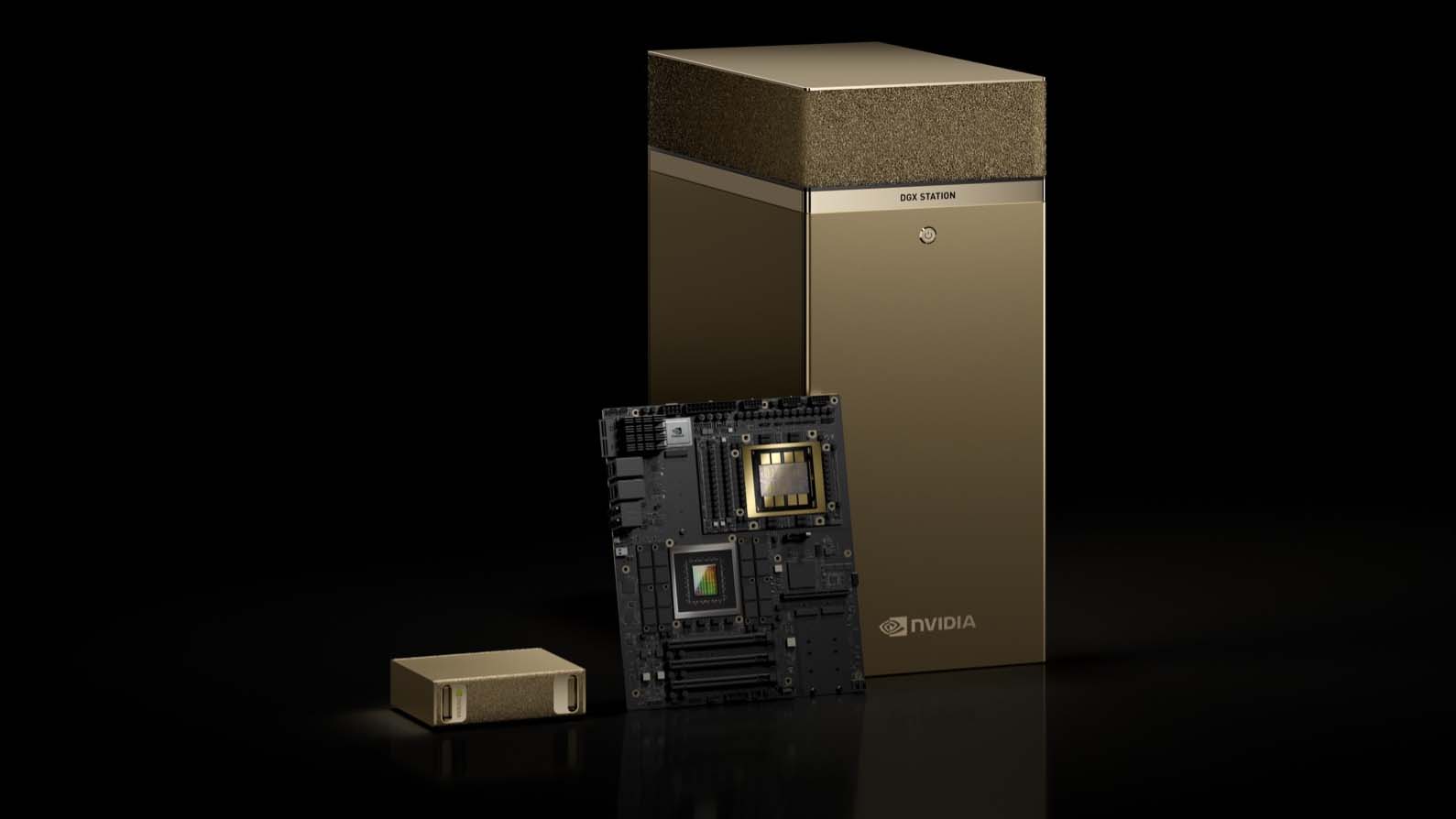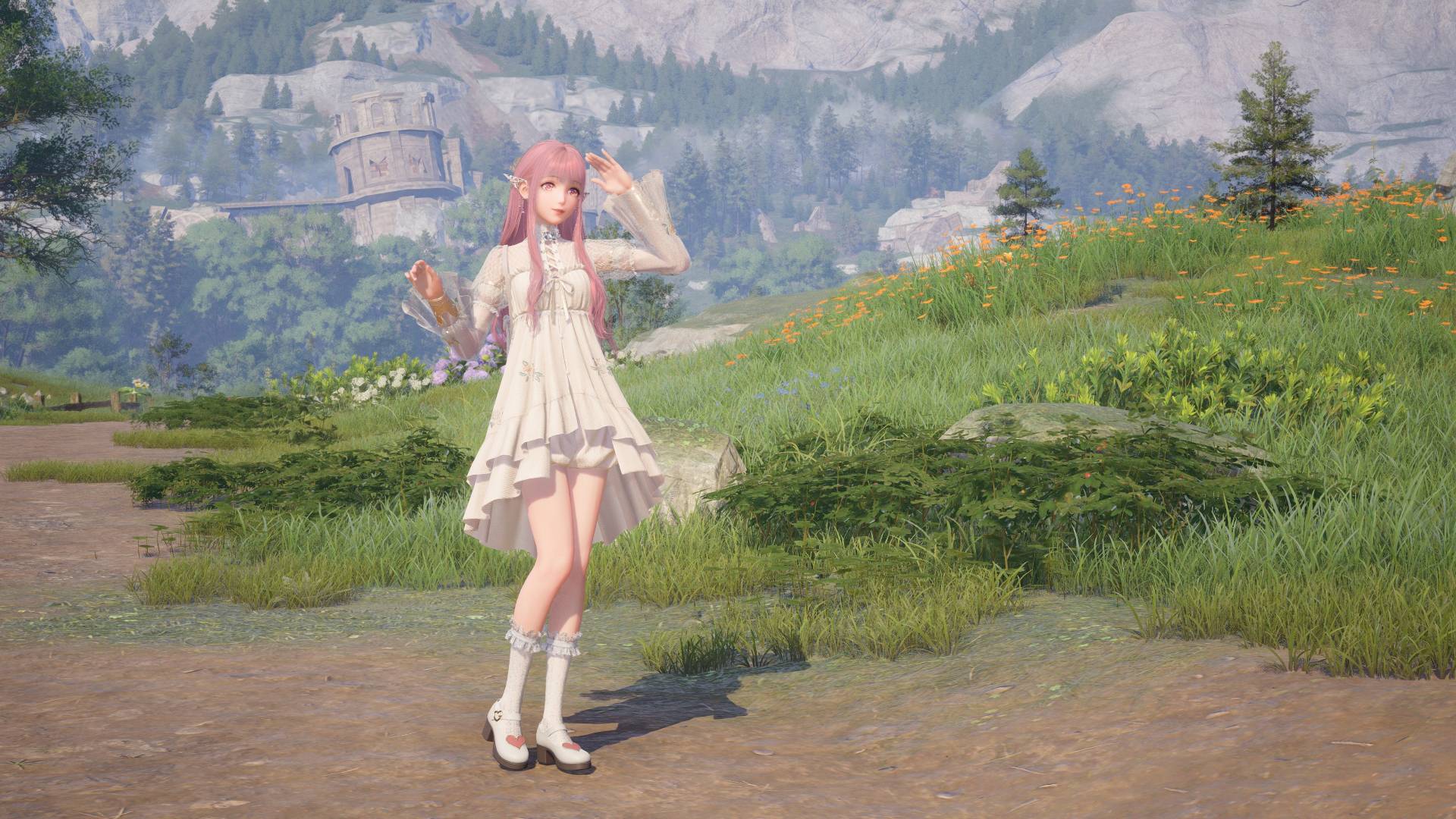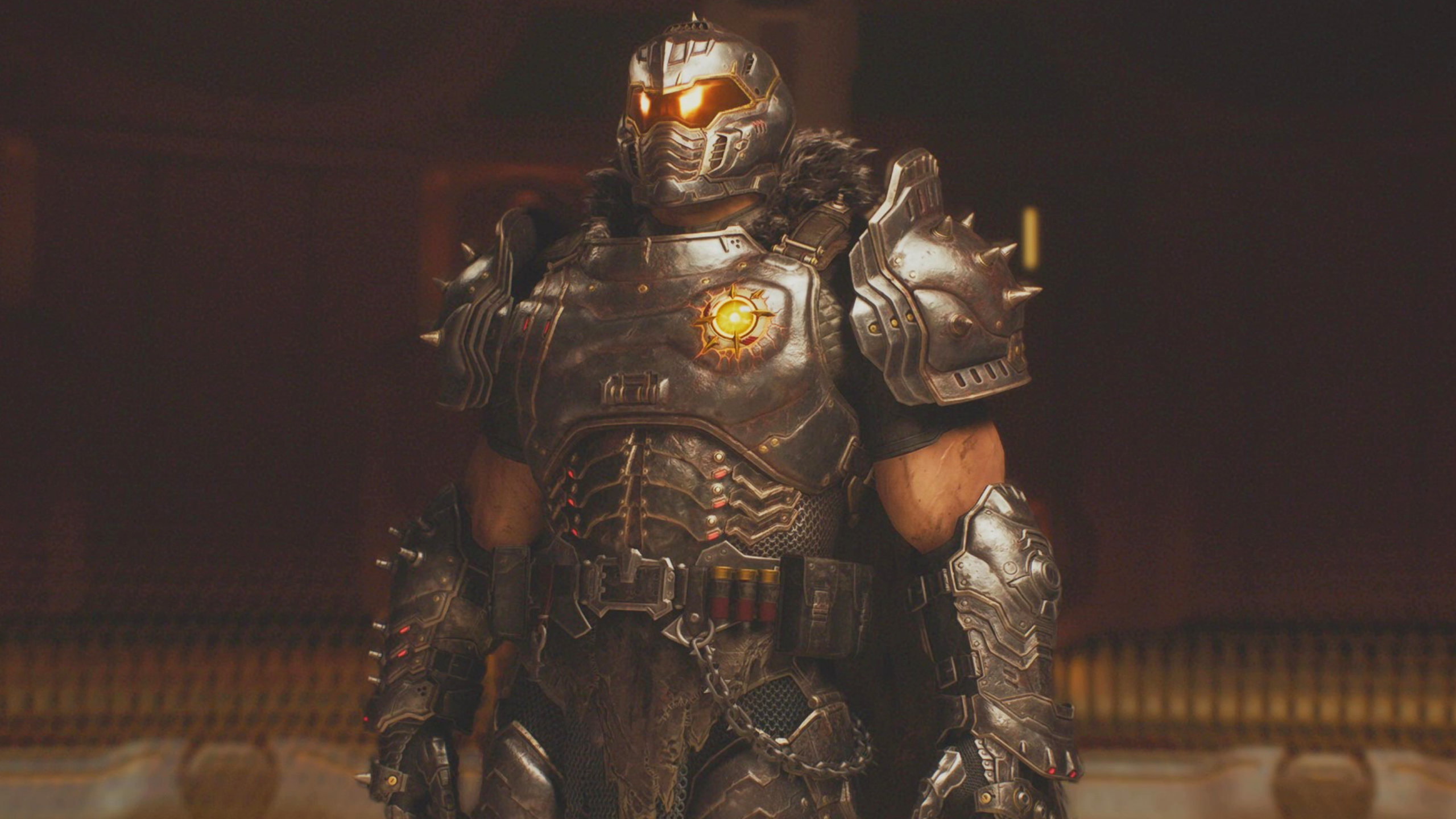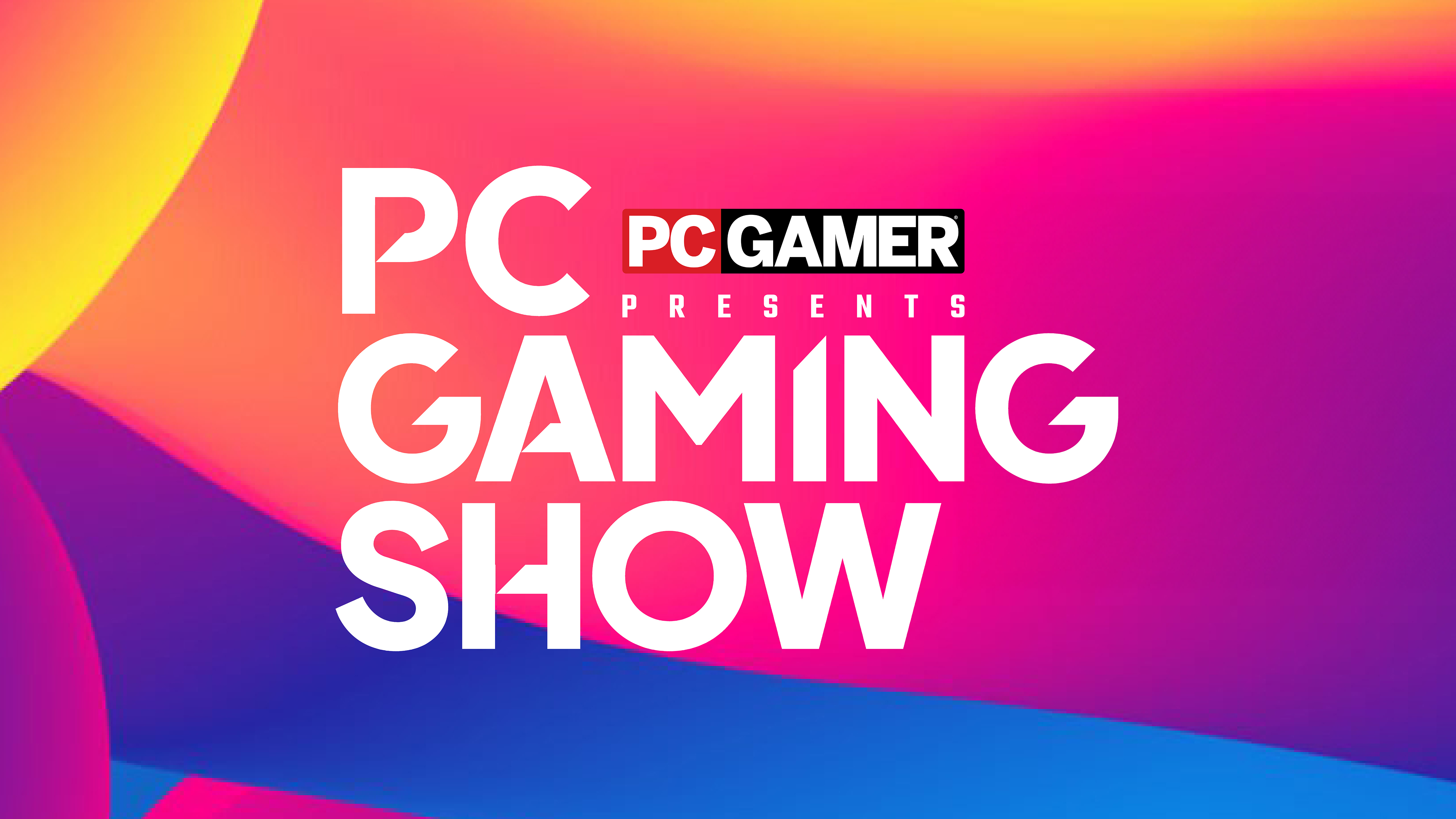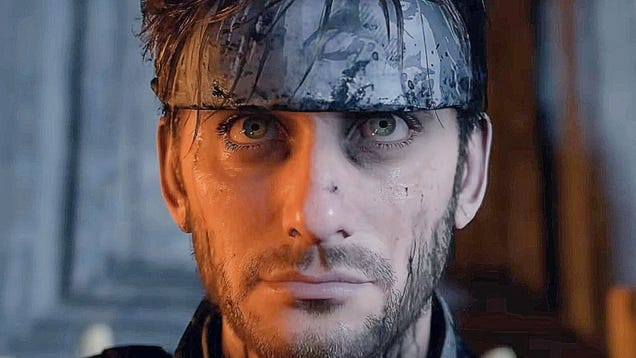
Clair Obscur: Expedition 33 - The First Preview
Ever since I pitted my brand new Bulbasaur against my rival’s Charmander in the opening chapter of Pokémon Red, I’ve loved turn-based combat. But I know this style of battle isn’t for everyone. Plenty have skipped over the likes of Baldur’s Gate 3, Persona 5, and Marvel’s Midnight Suns because of the slower, more managerial-like pace of turn-based combat. Clair Obscur: Expedition 33 wants to provide the solution to those issues. The upcoming RPG has plenty of smart ideas that aim to evolve turn-based battles, transforming them from baton-passing attack sequences to thrilling, skill-based conflicts.
I recently met with developer Sandfall Interactive to watch creative director Guillaume Broche play through just under an hour of Clair Obscur: Expedition 33. While clearly inspired by Japanese RPG titans like Final Fantasy, Clair Obscur feels distinctly European. Rather than sporting outrageous anime hair and a sword larger than the Empire State Building, protagonist Gustave is a handsomely dressed gent with a face that could be almost mistaken for Robert Pattinson’s. During my demo, he and the equally elegant mage Lune explored the ocean floor-like Flying Waters region, picking through the remains of prior expeditions that had been scattered among the coral.
Gustave and Lune are the latest team attempting to defy the will of the Paintress, a god-like figure who kills scores of people each year by painting a number on a monolith. Anyone of that age instantly fades away, Infinity War style. The demo’s short hour duration didn’t allow for much insight into this story, but what was obvious was the dark and melancholic tone. It seems somewhat literary in a manner I found very appealing, rooted in its character’s emotions and fears.
Gustave was soon reunited with his foster sister, Maelle, who’d been lost in a manor that lies beyond the boundaries of time and space. Together with Lune, the trio formed a full party, which brings us to those aforementioned evolutionary ideas for turn-based combat. Broche tells me that he was inspired by Sekiro’s parry system to implement skill-based elements into the genre’s traditional tactical framework. The result is quick time event-augmented turns, with reflex and timing-based actions required in both the attack and defend phases.
Clair Obscur’s action elements really impress: you can dodge, jump, or parry every incoming blow.
Clair Obscur isn’t the first turn-based RPG to use QTEs in combat, but it’s the first I’ve seen that seems to put equal emphasis on both the action and tactical aspects. Every attack demands some kind of input, be that reflex-testing button prompts or manually aiming a weapon at targets. More complex attacks chain together QTEs, providing a better sense of kinetic energy in each phase of the fight.
But it’s when your characters are on the defensive that Clair Obscur’s action elements really impress: you can dodge, jump, or parry every incoming blow, and perfect deflects trigger powerful counter-attacks. Gone are the days of just watching a boss unleash hell on your party – here you can actively avoid and punish damage. Broche tells me that you can even do a no-hit run of the entire game, right up to and including the final battle.
Alongside these pacier ideas are more traditional staples. Clair Obscur: Expedition 33 uses a menu-driven interface that looks like Persona 5’s UI as translated by Dishonored. Each move requires a character to spend from their pool of action points, which gradually increases as the turns tick by (an idea inspired by card game mana systems). Parries refund one action point, so there’s an incentive to try and nail that parry window – the better you defend yourself, the better attacks you can unleash on the next turn.
Each character’s ability set is unique to them, which hopefully makes them feel like significant individuals both in and out of combat. Spearheading their kits are special skills with bespoke mechanics; Lune is able to ‘stain’ enemies with her spells and then later consume those stains to inflict big damage, while Maelle is able to switch through a variety of stat-altering stances depending on which attacks she uses.
Sandfall Interactive also promises a deep progression system for each party member. Each level attained allows you to upgrade each character’s stats Dungeons & Dragons-style, as well as choose a new ability from a skill tree. On top of that are Pictos, trinkets that provide tactic-shifting passive skills (such as parries granting an extra action point), plus the unique properties of the weapons each party member wields. Broche tells me that combining and upgrading these elements in the right way can unlock wild and destructive synergies. I hope this character build system, combined with the developer-crafted ability kits, allows players to put together fascinating, tactics-driven parties akin to the way that card game players hone a deck to a particular strategy.
This is almost like a next-gen Final Fantasy from an alternate timeline.
Due to the somewhat contextless nature of the demo, much of what I saw outside of combat was harder to judge. What I did take away was the sense that this is almost like a next-gen Final Fantasy from an alternate timeline; like Square’s JRPGs of old, Clair Obscur is not open world, opting instead for linear regions complete with save point-like resting spots. Sandfall promises these regions have been built to be expansive enough to allow off-the-beaten-path adventures, though, including optional bosses. At this stage, I can’t say how strong Clair Obscur’s exploration chops are, but what I saw ranged from the relatively mundane (shoot three symbols to unlock loot) to the ethereal (a child NPC peeling away into the ether like an ancient painting) to the genuinely funny (a sentient, French-speaking paintbrush called Noco, who will sell you his best wares provided you fight his gigantic boss form).
While I’ve yet to form any significant opinions on its wider gameplay ideas, I can say that I really liked what I saw of Clair Obscur’s world. It has concepts and characters I’m looking forward to delving into, strong voice acting, and a genuinely gorgeous graphical style. But the thing I’m really excited about is the smarts-skills-smarts loop the fights seem to thrive on. A cerebral moment of lining up a clever attack is followed by a speedy burst of rhythmic button taps, a perfectly-judged parry, and then it’s back to quietly contemplating exactly what attack will rupture your foe’s defences. Staunchly traditional turn-based fans may consider this up-and-down tempo a bit too jarring – tactical combat for the short-attention-span generation. But from my perspective at least, this is the fresh approach the system has needed for some time. I hope, when I finally get to play Clair Obscur: Expedition 33 myself, it proves itself to be a more involving turn-based experience as opposed to a system that simply makes concessions to the action-loving crowd.
Matt Purslow is IGN’s Senior Features Editor.



